Sports history isn’t just written in the famous stadiums that everyone knows about. Sure, Madison Square Garden and Fenway Park get all the attention, but some of the most fascinating stories happened in places that barely make it into the history books. These forgotten venues and overlooked locations shaped athletes, launched careers, and witnessed moments that defined entire sports.
Think of it like finding a rare vintage car in someone’s garage—sometimes the most valuable treasures are hiding in plain sight. Here’s a list of 18 underrated spots where sports history was made, each one deserving way more recognition than it gets.
Hinchliffe Stadium

This Art Deco masterpiece in Paterson, New Jersey, served as home to the New York Black Yankees and other Negro League teams from 1932 to 1945. The stadium’s unique design features a curved grandstand that hugs the natural contours of the Passaic River, creating an intimate atmosphere that makes every game feel like a neighborhood gathering. Larry Doby, who would become the first Black player in the American League, honed his skills on this very field. After decades of neglect, restoration efforts are finally bringing this architectural gem back to life, proving that sometimes the best stories take the longest to tell.
Maracanã Stadium’s Original Configuration
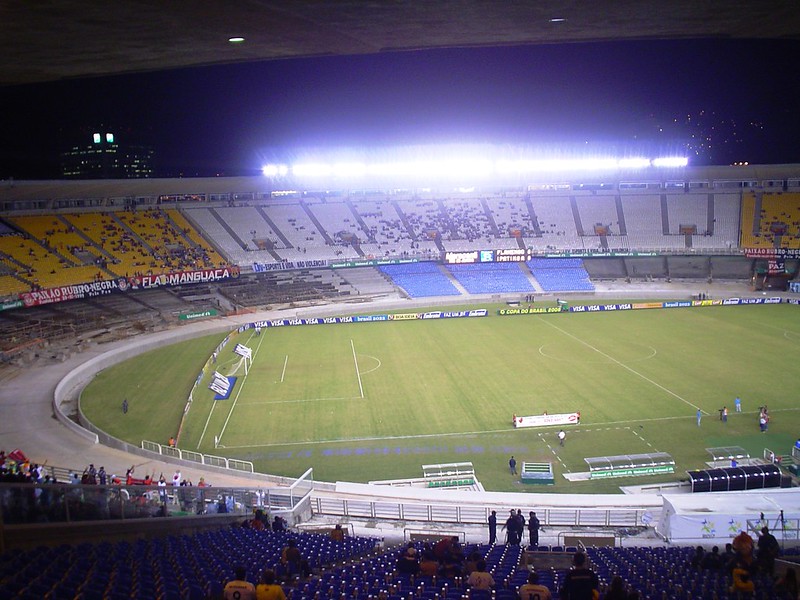
Before renovations transformed it into a modern venue, Rio de Janeiro’s Maracanã in its original 1950 form could pack nearly 200,000 people into what felt like a football colosseum. The stadium hosted the 1950 World Cup final, where Uruguay stunned Brazil 2-1, creating what Brazilians still call ‘the Maracanazo silence’—a moment so devastating it became part of the country’s cultural DNA. The original terraced stands created an acoustic phenomenon where crowd noise would build like a tidal wave, making it arguably the most intimidating venue in football history. Today’s renovated version, while impressive, can’t replicate the raw energy that once made this place feel like the center of the sporting universe.
Maple Leaf Gardens
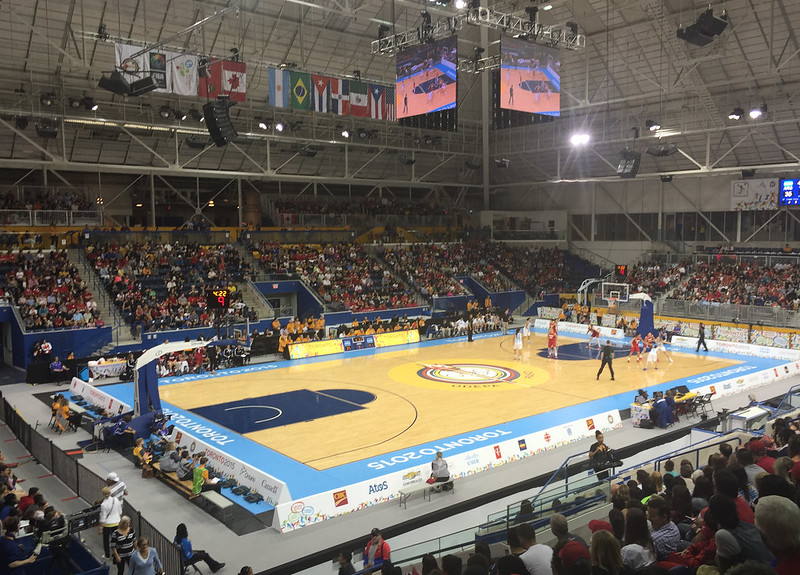
Toronto’s Maple Leaf Gardens wasn’t just a hockey arena—it was Canada’s sports cathedral from 1931 to 1999. The building witnessed everything from Maple Leafs championships to Muhammad Ali fights, Elvis concerts to junior hockey tournaments that launched NHL careers. Its steep seating design meant every fan felt close to the action, creating an atmosphere that visiting teams either loved or absolutely dreaded. Now converted into a grocery store with a small rink on the upper level, it’s a reminder that even the most sacred sports spaces eventually evolve with the times.
The Astrodome
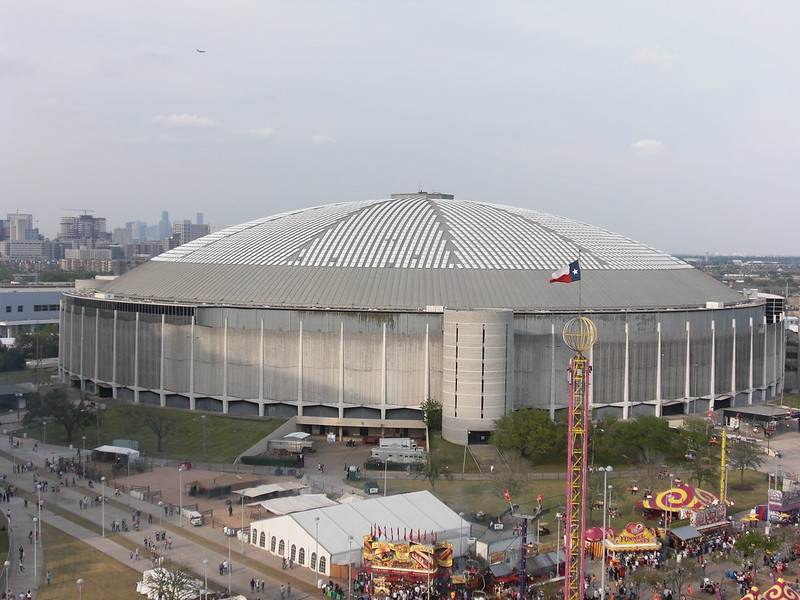
Houston’s Astrodome earned the nickname ‘Eighth Wonder of the World’ when it opened in 1965 as the first fully enclosed, air-conditioned stadium. This engineering marvel changed how people thought about sports venues, proving that games didn’t have to be at the mercy of weather or natural lighting. The artificial turf installed here became known as AstroTurf, revolutionizing fields worldwide and giving countless athletes rug burns they’d never forget. Though it sits empty now, the Astrodome’s influence on modern stadium design can be seen in every domed venue built since.
Rickwood Field
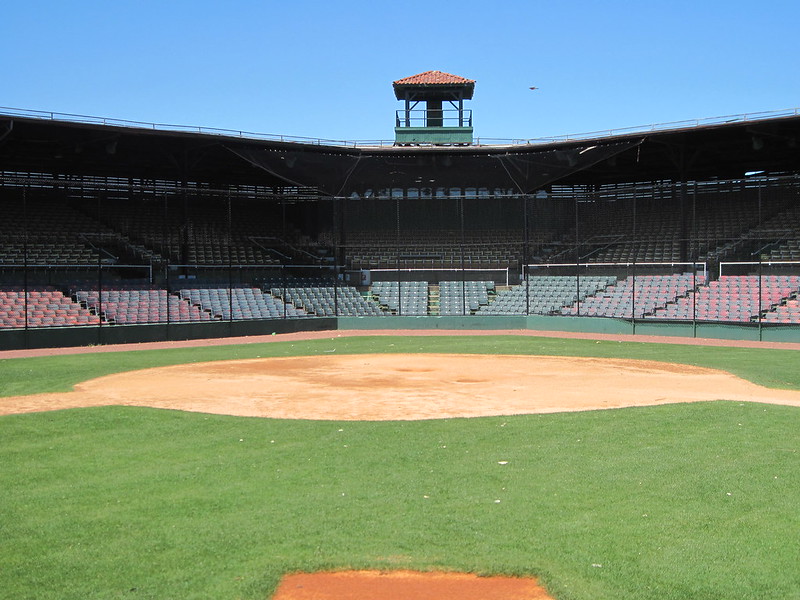
Birmingham’s Rickwood Field, built in 1910, is America’s oldest professional baseball park still in operation. This humble venue served as home to the Birmingham Black Barons, where legends like Willie Mays and Satchel Paige showcased their talents during the Negro League era. The hand-operated scoreboard and original wooden grandstands create a time-capsule experience that makes modern stadiums feel almost sterile by comparison. Major League Baseball finally recognized its significance in 2024 by hosting a regular season game there, giving this historic gem the spotlight it has deserved for over a century.
The Palestra
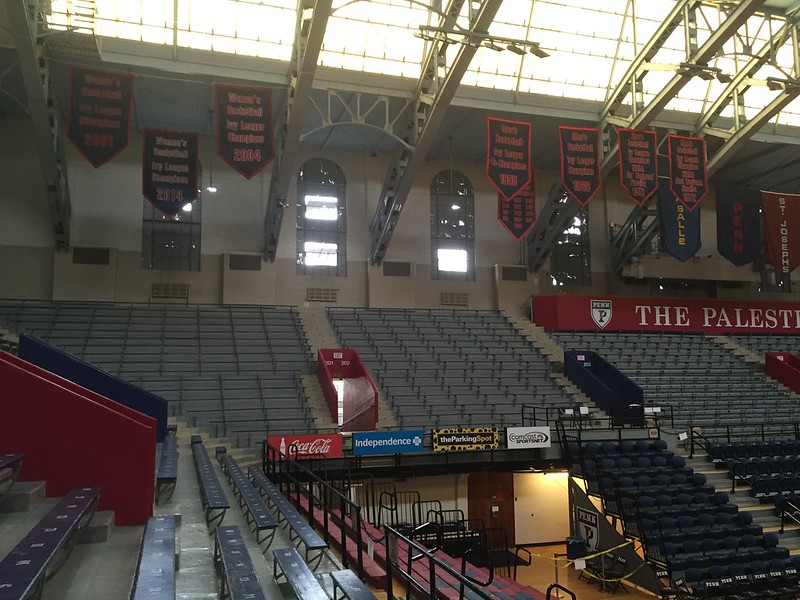
Philadelphia’s Palestra has been called the ‘Cathedral of College Basketball’ since opening in 1927, but most casual fans have never heard of it. This 8,700-seat arena has hosted more NCAA tournament games than any other venue, yet it maintains the intimate feel of a high school gym where every seat feels like courtside. The building’s Gothic architecture and steep seating create an atmosphere that can turn a mild-mannered Ivy League crowd into a raucous mob. Players often say the echoes of decades of cheering seem to live in the rafters, making every game feel connected to basketball’s storied past.
Tiger Stadium
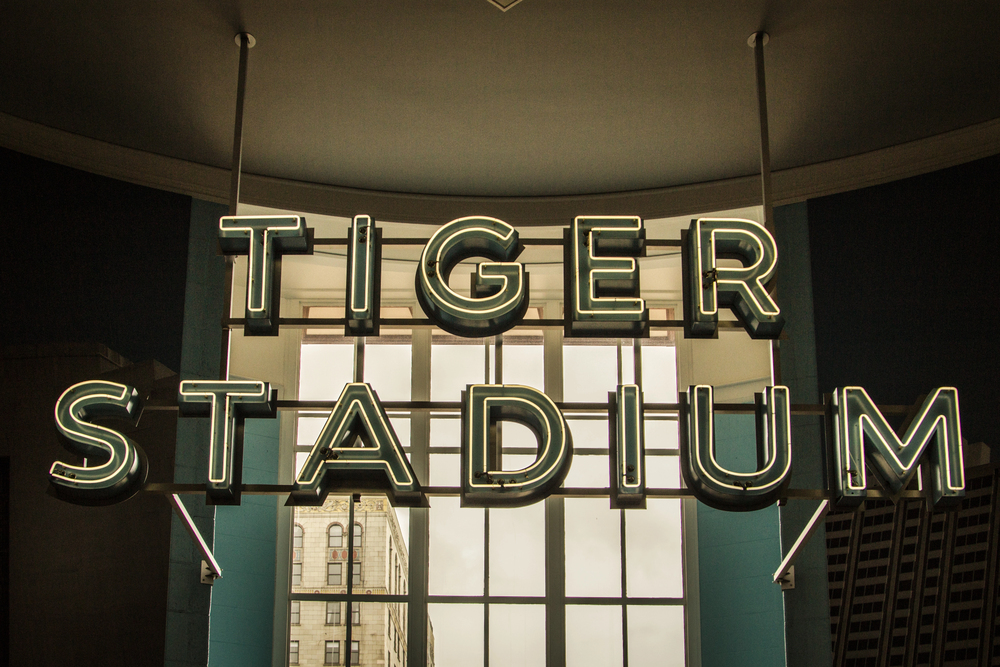
— Photo by ehrlif
Detroit’s Tiger Stadium served baseball from 1912 to 1999, but its unique dimensions made it one of the sport’s most distinctive venues. The right field foul pole stood just 325 feet from home plate, so close that fans could practically reach out and catch fly balls from the upper deck. Babe Ruth hit the first home run ever recorded completely out of the stadium in 1921, a feat that required clearing both the roof and the street beyond. The building’s demolition in 2009 marked the end of an era when stadiums had personality quirks that actually affected how the game was played.
The Spectrum
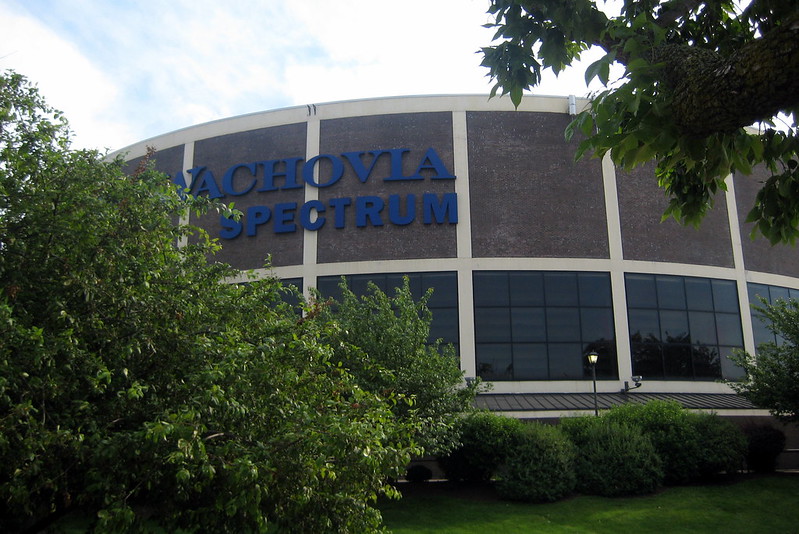
Philadelphia’s Spectrum opened in 1967 and quickly became known as the loudest arena in professional sports. The building’s design created acoustic conditions that amplified crowd noise to levels that visiting teams found genuinely disorienting—imagine trying to call plays inside a concrete echo chamber. Both the Philadelphia Flyers and 76ers called it home, with the Flyers’ championship teams of the 1970s turning the venue into their personal fortress. When it was demolished in 2011, fans swore they could still hear the ghost of past victories in the dust clouds that rose from the rubble.
Churchill Downs’ Original Grandstand
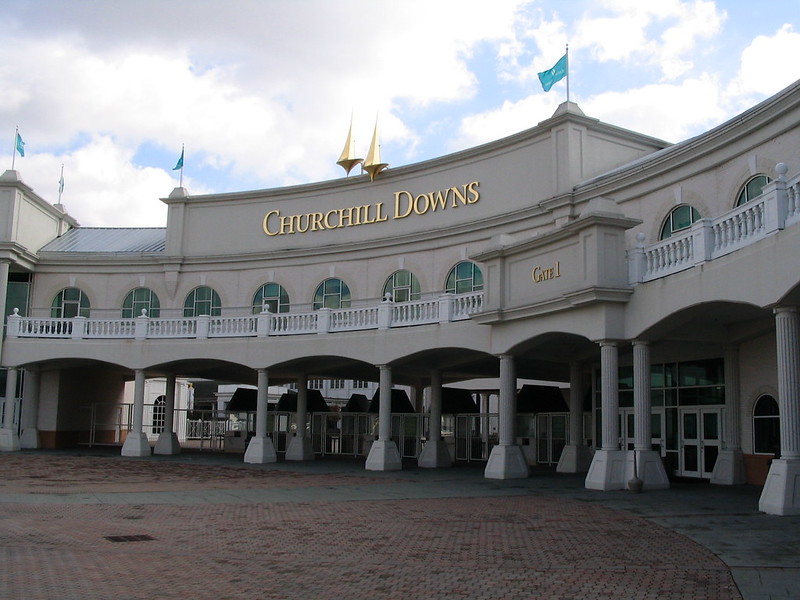
While Churchill Downs still hosts the Kentucky Derby, most people don’t realize the original 1875 grandstand section still anchors the facility. This historic structure has witnessed every single Derby, making it the longest-running sports venue for a major American sporting event. The original wooden seats in the clubhouse area put spectators so close to the track that they could feel the thunder of hooves and smell the fresh-cut Kentucky bluegrass. Modern additions have expanded capacity, but that original grandstand remains the beating heart of horse racing’s most famous two minutes.
The Cotton Bowl’s Glory Days
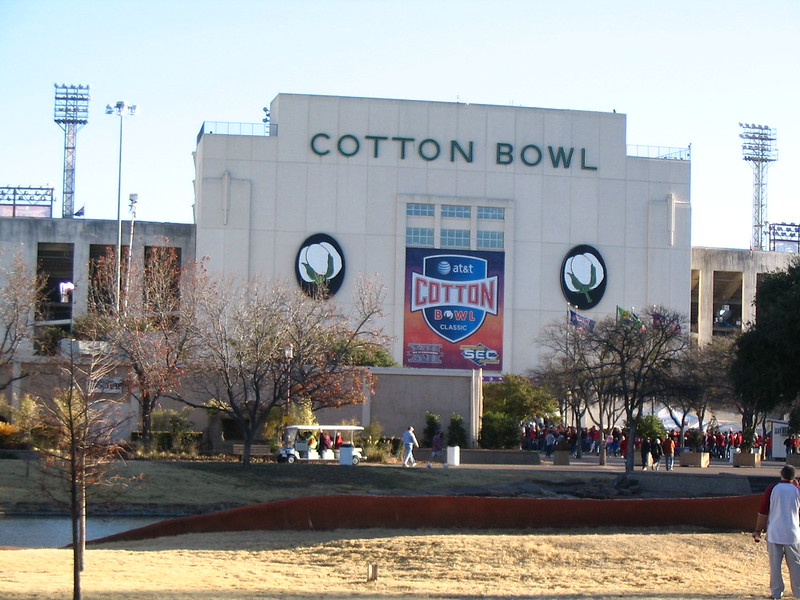
Dallas’s Cotton Bowl was college football’s New Year’s Day destination long before the Sugar Bowl or Orange Bowl gained prominence. From 1937 to 1994, the Cotton Bowl Classic featured matchups that often decided national championships, turning this 92,000-seat stadium into college football’s biggest stage. The venue’s massive size and open-air design created wind patterns that could change the trajectory of field goals, adding an element of natural drama to every game. While the game moved to Arlington’s AT&T Stadium, the old Cotton Bowl continues hosting games, reminding visitors of when college football’s biggest moments happened under the Texas sun.
Boston Garden’s Original Floor
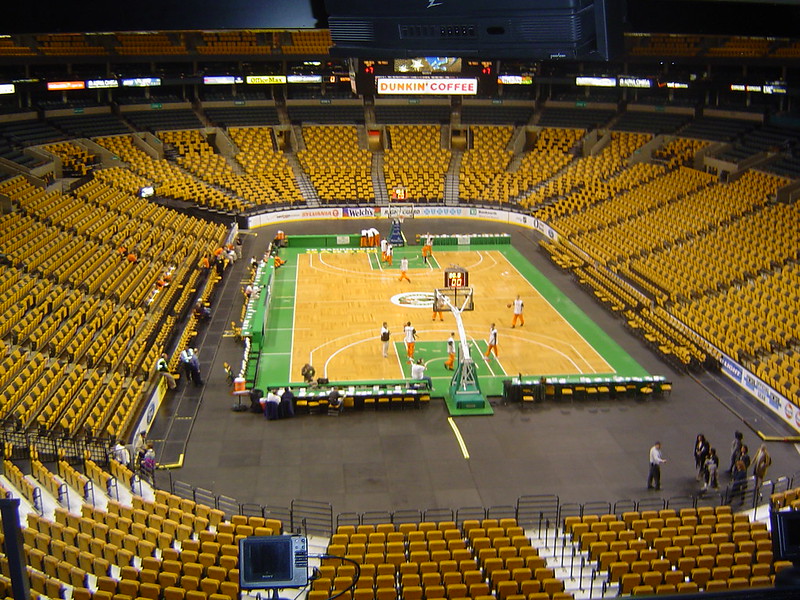
The original Boston Garden floor, used from 1946 to 1999, was famous for its dead spots where the basketball would barely bounce. This wasn’t a design flaw—it was decades of wear and the quirks of laying hardwood over old hockey ice, creating a home court advantage that Celtics players learned to exploit like secret knowledge. Opponents would dribble into these spots and watch their rhythm disappear, while Celtic legends like Bill Russell and Larry Bird knew exactly where every dead spot lurked. The floor was so iconic that pieces of it were sold to fans when the Garden was demolished, turning basketball history into coffee table conversation pieces.
The Polo Grounds
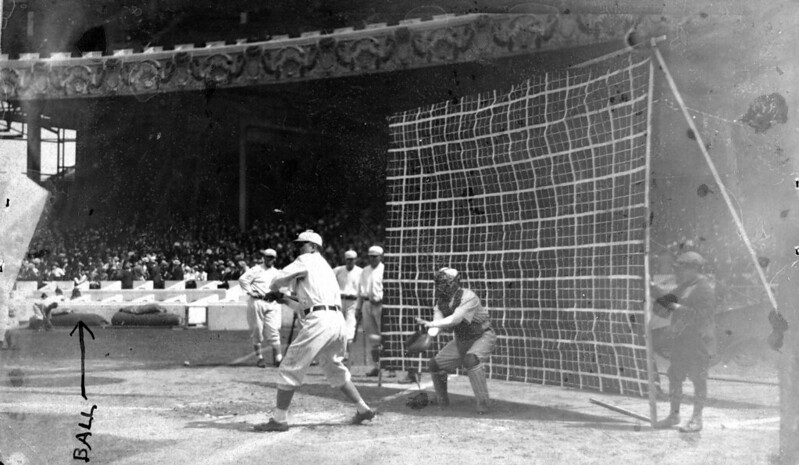
New York’s Polo Grounds had the most unusual dimensions in baseball history, with foul lines just 279 feet down the left field line and 257 feet down the right, but a center field that stretched 483 feet from home plate. This created a venue where routine fly balls became home runs while towering drives to center became routine outs, fundamentally changing how teams strategized. The stadium hosted the New York Giants, Yankees, and Mets at various times, plus served as home to football’s New York Giants for decades. Willie Mays’ famous over-the-shoulder catch in the 1954 World Series happened in that cavernous center field, creating one of baseball’s most replayed moments.
The Original Yankee Stadium’s Facade
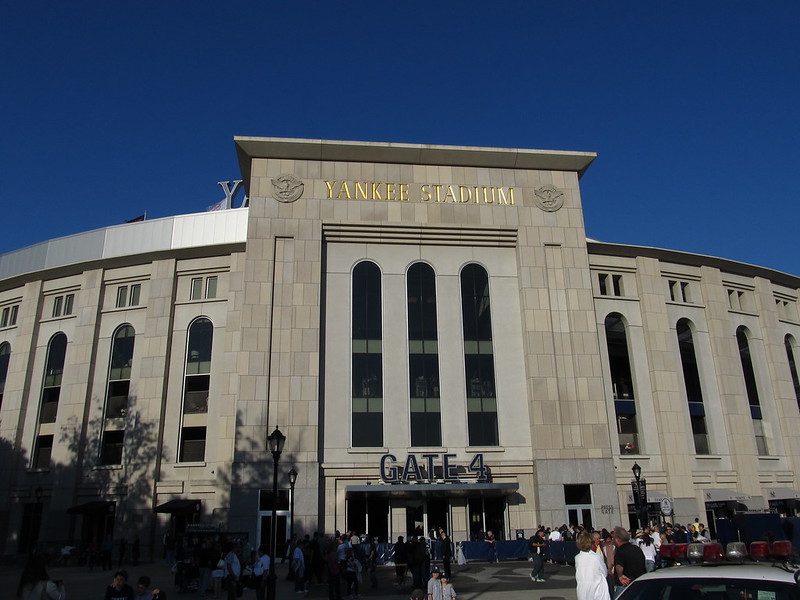
The original Yankee Stadium’s copper frieze that decorated the roof became as iconic as any architectural feature in sports. This decorative element wasn’t just ornamental—it actually affected play by creating unique wind patterns that could help or hurt fly balls depending on weather conditions. Babe Ruth’s called shot in the 1932 World Series happened under that frieze, adding visual drama to baseball’s most debated moment. When the stadium was renovated in the 1970s, they moved the frieze to the back wall, but old-timers insist it never looked quite right anywhere else.
Indianapolis Motor Speedway’s Infield
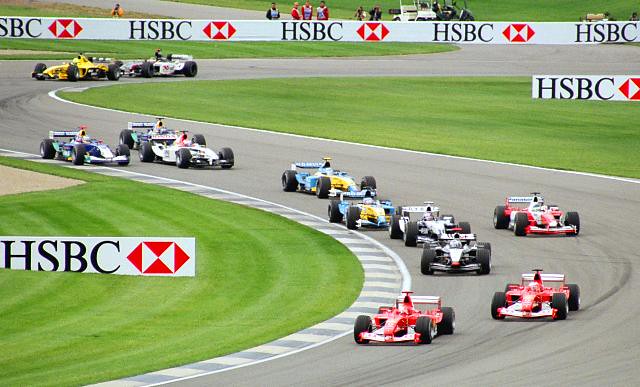
While everyone knows about the Indianapolis 500, few realize that the speedway’s infield once hosted a golf course where players could hear race cars thundering past while lining up putts. This 253-acre infield has been home to everything from airplane landings to rock concerts, making it one of the most versatile sporting venues in America. The original bricks that gave the track its ‘Brickyard’ nickname are still visible at the start/finish line, creating a tangible connection to racing’s earliest days. During race weekend, the infield becomes a temporary city of 300,000 people, making it one of the largest single-day sporting events in the world.
The Original Madison Square Garden

Before the current Madison Square Garden, there were three previous versions, with the second Garden (1890-1925) being the most architecturally stunning. Designed by Stanford White, it featured a tower modeled after Seville’s cathedral and hosted everything from horse shows to early basketball games. The building’s rooftop garden parties were as famous as the sporting events below, creating New York’s first true entertainment complex. White was tragically murdered in the building’s rooftop restaurant in 1906, adding a dark chapter to this venue’s colorful history.
Ebbets Field’s Rotunda

Brooklyn’s Ebbets Field featured a magnificent Italian marble rotunda entrance that made fans feel like they were entering a palace rather than a ballpark. The circular lobby with its chandelier and ornate ceiling created an atmosphere of elegance that contrasted beautifully with the blue-collar neighborhood surrounding it. This design choice reflected owner Charles Ebbets’ vision of baseball as America’s pastime deserving dignified presentation. When the Dodgers moved to Los Angeles in 1957, the rotunda was demolished along with the rest of the field, but apartment buildings on the site still bear plaques marking where home plate once stood.
The Forum’s Original Acoustics
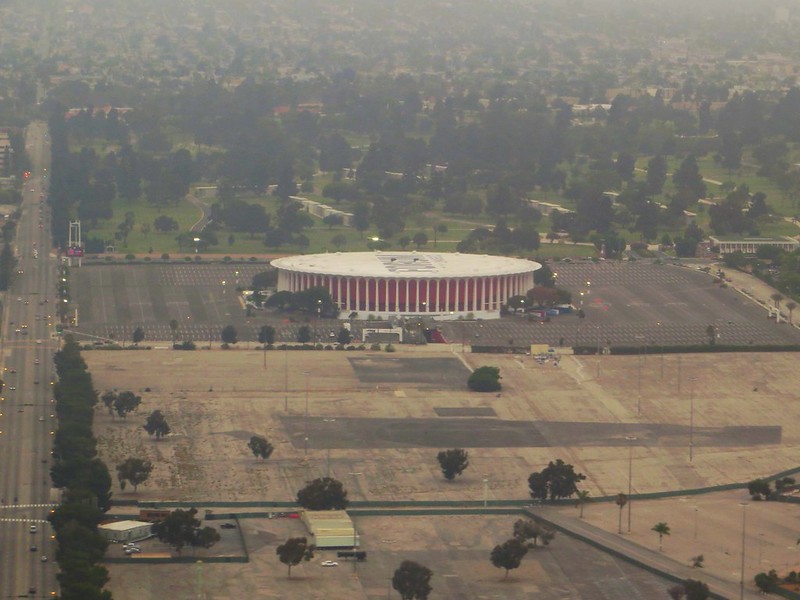
Inglewood’s Forum was designed specifically for basketball and hockey, creating acoustic conditions that made crowd noise sound like it was coming from inside a giant drum. The building’s circular design with no corners meant sound waves had nowhere to escape, amplifying every cheer and creating an intimidating wall of noise. Lakers and Kings fans learned to time their cheers for maximum effect, turning crowd participation into a strategic weapon. Modern arenas with luxury boxes and different sight lines can’t replicate the sonic intensity that made the Forum’s atmosphere legendary.
Soldier Field’s Original Colonnades
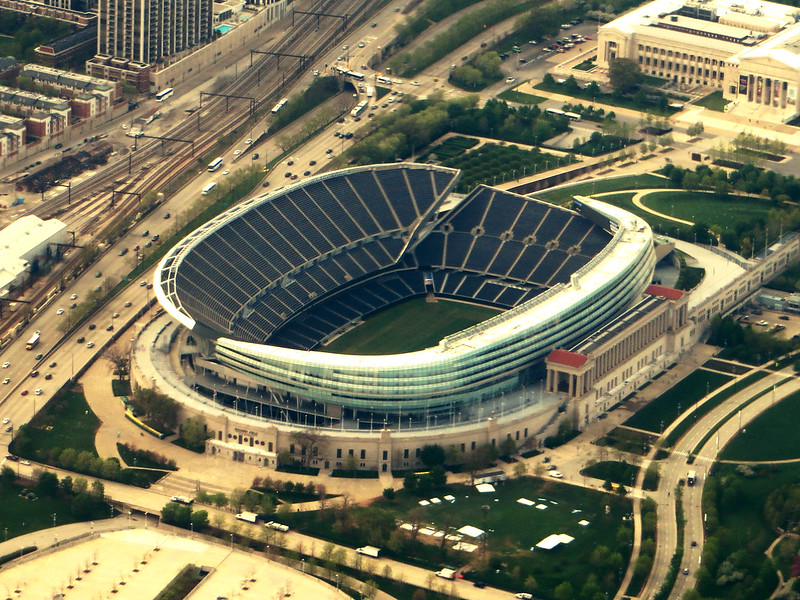
Chicago’s Soldier Field opened in 1924 with neoclassical colonnades that gave it the appearance of an ancient Roman stadium. The original design seated 74,000 people in a horseshoe configuration that created perfect sight lines and an intimate atmosphere despite the large capacity. The building served as home to everything from Army-Navy football games to heavyweight boxing matches before the Bears made it famous. Modern renovations added a controversial ‘spaceship’ upper deck that doubled capacity but destroyed the architectural harmony that once made this venue a true monument to sport.
Where Sports History Lives On
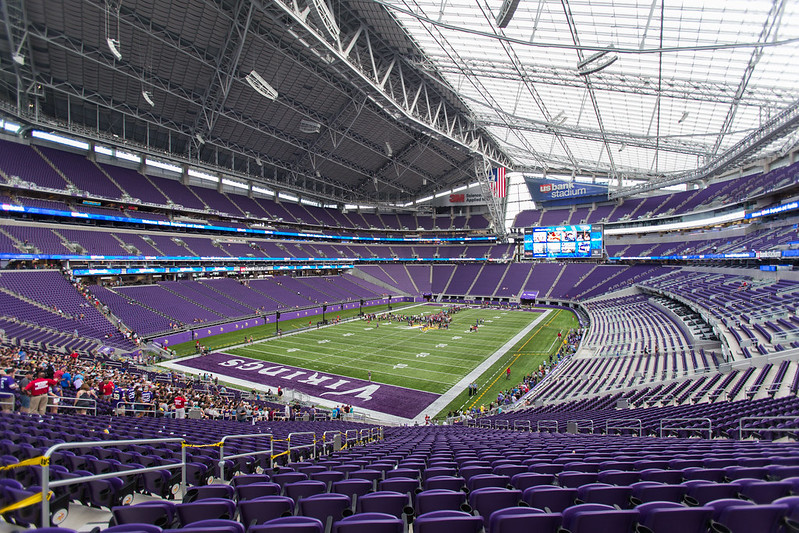
These forgotten venues remind us that sports history isn’t just about statistics and championships—it’s about the places where dreams took shape and legends were born. Many of these spots have been demolished, renovated beyond recognition, or simply forgotten by mainstream sports culture, but their influence echoes through every modern arena and stadium. The intimate atmospheres, unique quirks, and architectural personalities of these venues created experiences that today’s standardized sports complexes struggle to match. While we can’t turn back time, recognizing these underrated gems helps us appreciate how the places where we play are just as important as the games themselves.
More from Travel Pug

- 20 Best Beach Towns in the Carolinas
- 13 Destinations Where Tourists Regularly Regret Their Trip
- 20 Things You Actually Get in First Class
- 20 Small Airports With Aviation Museums
- 20 Places in the U.S. That Are Perfect for a Reset Trip
Like Travel Pug’s content? Follow us on MSN.
